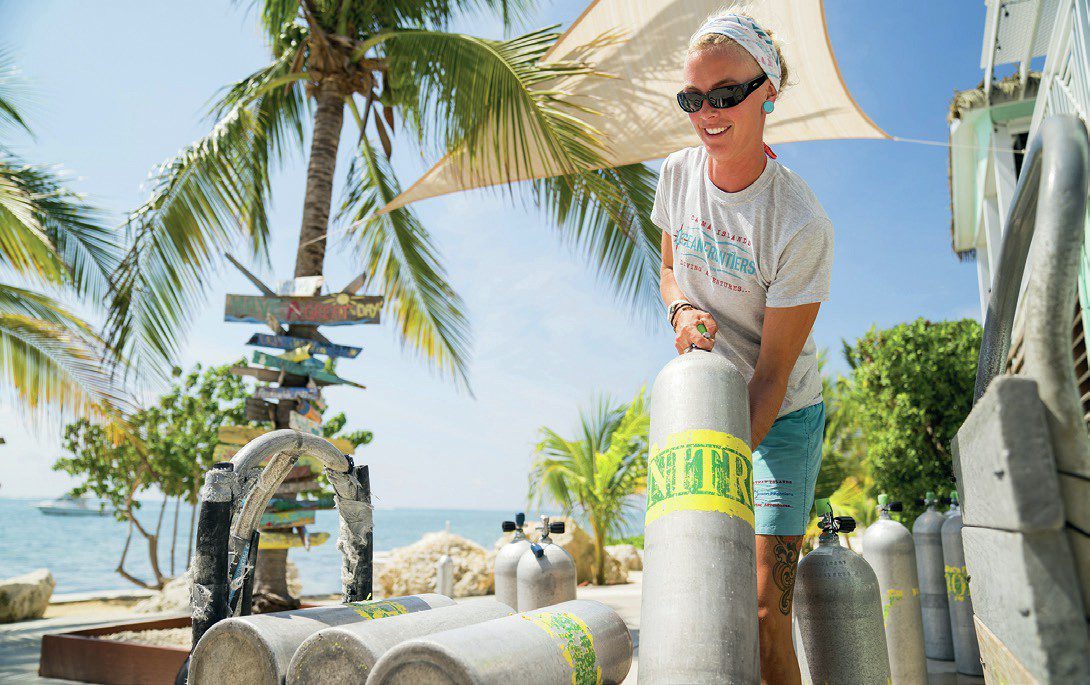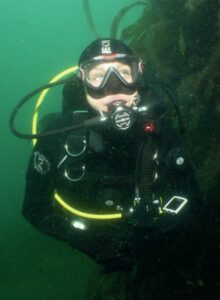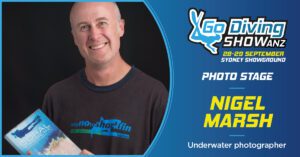If you love sharing your passion for the underwater world and want to live an extraordinary life, why not become a scuba instructor? It’s one of the most rewarding full-time or part-time jobs you can have. Quite honestly, I’m a bit upset ‘scuba instructor’ does not commonly appear on the list of things you can be when you grow up. With all due respect to doctors, lawyers and firefighters, scuba instructors transform lives and play a vital role in environmental conservation.
Read on to learn how you can have a meaningful career, travel the world and make the most of your time on this ocean planet – as a PADI scuba instructor.
Steps to become a PADI instructor
The PADI IDC (Instructor Development Course) is the most recognized scuba diving instructor course in the world. The majority of the world’s most successful dive instructors gained the knowledge, skills and confidence required to start teaching scuba during their PADI dive instructor course. In post-course surveys, 95% of student divers say they would highly recommend their PADI instructor.
Step one: Meet the IDC prerequisites
The first step to becoming a scuba instructor is enrolling in an IDC. To start your dive instructor training you must be at least 18 years old and meet the following requirements:
- Be a certified diver for at least six months
- Hold a PADI Divemaster certification (or qualifying certification)
- Have at least 60 logged dives
- Hold a current CPR and First Aid certification*
- Have an in-date medical approval to scuba dive
*IDC candidates must have a current (within the last 24 months) Emergency First Response (EFR®) certification or hold a qualifying certification. EFR Instructor certification is required before you can start teaching.
Step two: Complete the IDC
The PADI IDC has two components: Assistant Instructor (AI) and Open Water Scuba Instructor (OWSI). You can complete them separately or all in one go. As the name implies, the focus of the Instructor Development Course is learning how to teach, not perfecting your skills. By the time you start the IDC, you should already have excellent diving skills and professional-level knowledge of diving equipment, physics and physiology. In the IDC, you’ll learn how to share your knowledge and experience with others. During the IDC you’ll learn:
- How to give classroom presentations
- How to work with students in confined water (a pool or pool-like environment) and open water
- PADI’s 4E’s philosophy
- Risk management
- How to market yourself as an instructor
By the end of your PADI IDC, you’ll have the knowledge, skills and confidence to train scuba divers through all of PADI’s core recreational level courses as well as several specialties. Here’s something most people don’t realize about becoming a scuba instructor – the things you learn in the IDC are helpful in other areas of life. In the PADI IDC, you’ll learn how to explain complex ideas, give constructive criticism in a positive manner and improve your confidence in public speaking.
Step Three: Pass the Instructor Exam
After successfully completing the IDC, you’ll be eligible to take the PADI Instructor Exam (IE). Instructor Exams are conducted by PADI Examiners, friendly, experienced Course Directors who work for PADI. Examiners follow standardized criteria to ensure instructor candidates have the knowledge and skills to become safe, effective scuba instructors. These independent evaluators ensure the evaluation process is objective, fair and consistent worldwide.
Once you’re a PADI Instructor, you can apply for jobs on PADI’s international Job Board and enjoy other benefits of PADI Membership.
Step four: Find work (or not!)
PADI dive instructors are in demand – not just for teaching scuba classes. Check out the PADI Job Board to see the many scuba instructor jobs available around the world.
It’s also totally fine to become a scuba instructor just so you can teach friends or family members to dive. You don’t have to quit your job and travel the world; but once you’re a scuba instructor, that option is always available.
This article was originally published in Scuba Diver ANZ #54.
Subscribe digitally and read more great stories like this from anywhere in the world in a mobile-friendly format. Link to the article








